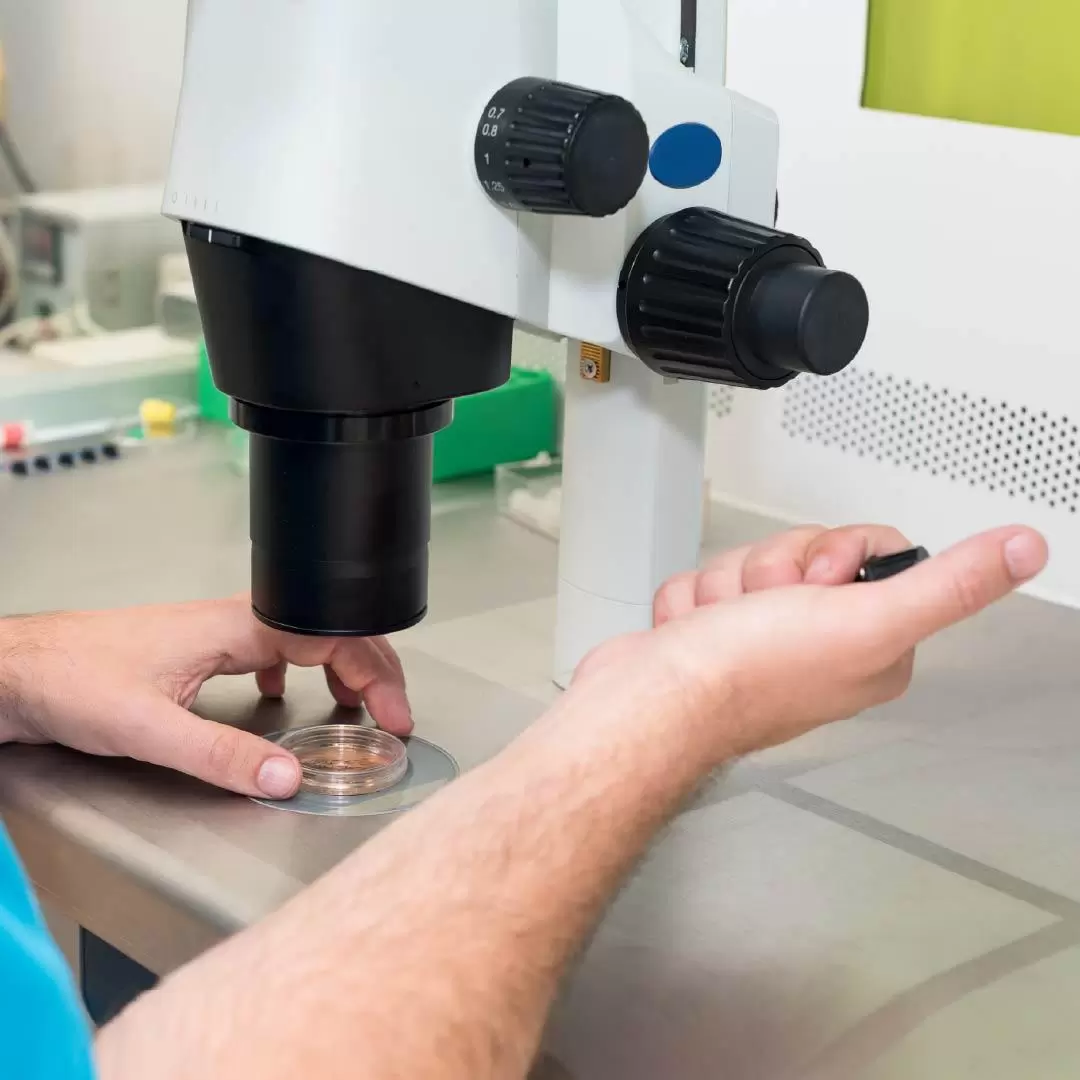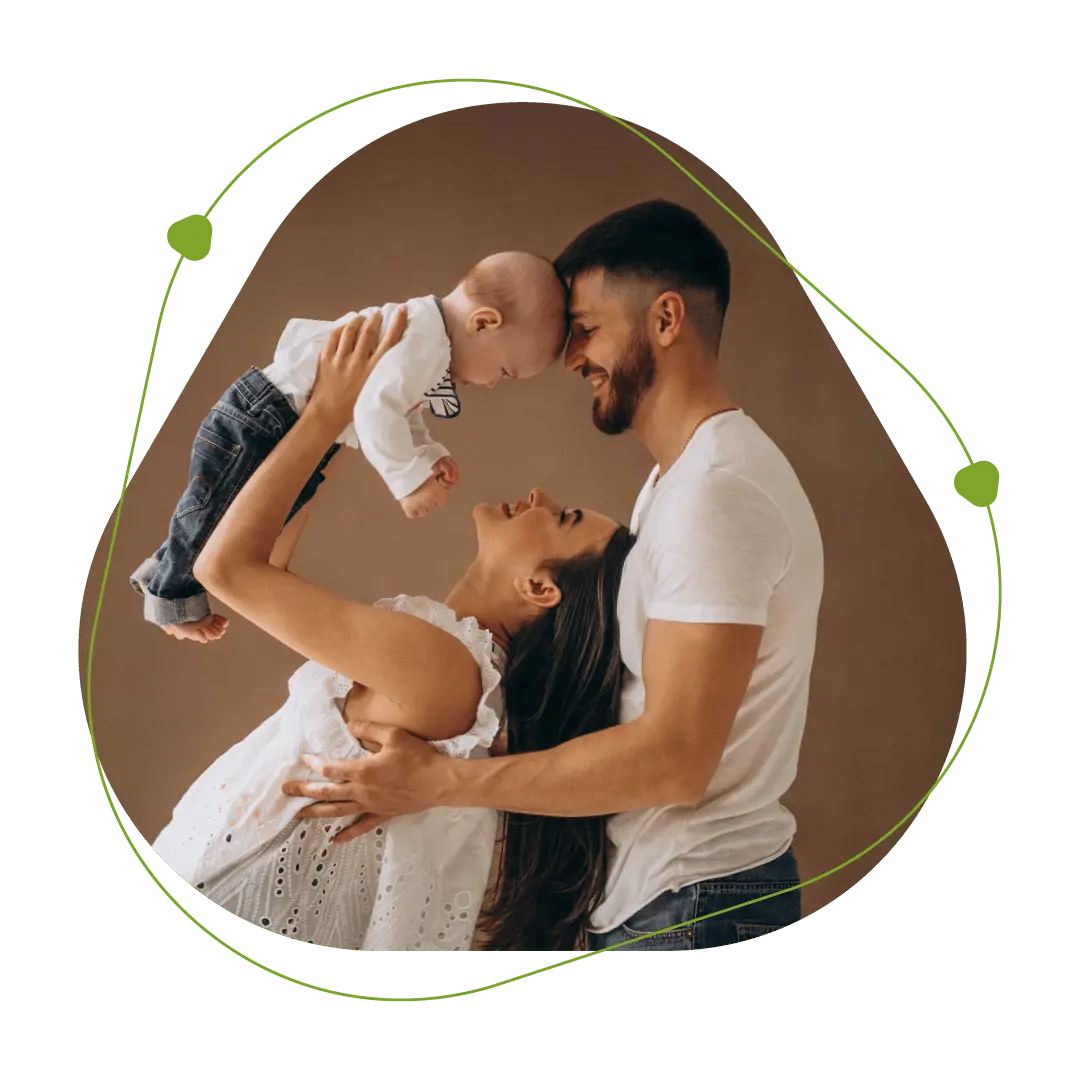When a woman undergoes IVF (In Vitro Fertilisation), we usually administer gonadotropin medications to enable the retrieval of multiple eggs to facilitate the IVF process. The eggs are collected before they are released from the ovary. The eggs are united with the sperm in the laboratory for the fertilisation process to create the embryo.
In some cases, some or all of the oocytes (eggs) collected are not mature and ready to be fertilised. Previously, if the eggs were immature, we could not use these eggs for IVF.
At MotherToBe, our expert embryologists take the immature eggs and mature them in vitro, i.e. in the laboratory. It is called IVM. The resultant mature eggs are fertilised using ICSI to facilitate fertilisation. The embryos are then either replaced or frozen for later use.

IVM in PCOS

IVM prevents ovarian hyperstimulation syndrome (OHSS) and is recommended for women with polycystic ovary syndrome (PCOS) or polycystic ovaries. These women are at the greatest risk of OHSS.
OHSS is an exaggerated response to medicines used to induce ovulation, especially after administering injectable gonadotropin agents, when hCG is used for final follicular maturation. However, using a different medication for final follicular development called GnRH agonist instead of hCG greatly reduces this risk and can be used as an alternative to IVM.
IVM for cancer patients
In estrogen-sensitive cancers, IVM avoids the additional estrogen production that happens with conventional ovarian stimulation. IVM may also be appropriate in women with no scope to get fully mature eggs before cancer treatment begins. This process of retrieving immature eggs for later use is a way for these women to preserve their ability to have a child later.
Benefits of IVM
IVM requires less medication than conventional IVF and lowers the immediate cost of treatment; however, the pregnancy rates are also lower. An IVM cycle also takes less time.
IVM process
In IVM, no medications are administered to stimulate additional eggs to grow; immature eggs are directly retrieved from unstimulated ovaries. However, low-dose injectable medications may be given in a modified IVM cycle.
However, clinical studies have shown that low-dose ovarian stimulation for immature eggs retrieval yields more eggs and improves the uterus lining to receive the embryo.

IVM process
In IVM, no medications are administered to stimulate additional eggs to grow; immature eggs are directly retrieved from unstimulated ovaries. However, low-dose injectable medications may be given in a modified IVM cycle.
However, clinical studies have shown that low-dose ovarian stimulation for immature eggs retrieval yields more eggs and improves the uterus lining to receive the embryo.
IVM at MotherToBe
At MotherToBe, we offer this treatment in situations, mainly when conventional IVF is not possible as an alternative treatment. The immature oocytes obtained at the time of conventional IVF are matured in the laboratory and used for the IVF process in certain couples.
Book an Appointment

